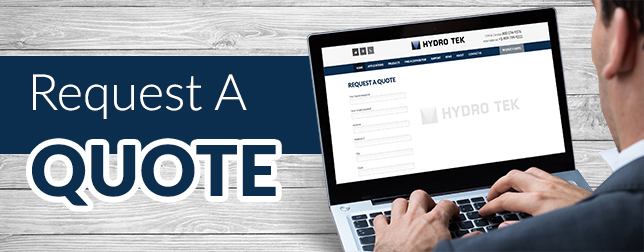Your equipment may come into contact with body fluids, human, or animal waste with staphylococci or “staph” bacteria. There are tools available and habits to learn to help reduce the risk of infection.
Eye & hand protection must be a part of the task each day when working with waste water recovery systems and pressure washing equipment that may be serving to clean heavy animal & human use areas.
The use of rubber gloves, safety classes, and other PPE items as part of a regular safety regiment must be committed to muscle memory & habit. Here are some tips that may save you from a nasty infection:
Hand washing the correct way
Turn water on - Wet your hands - Apply soap to your hands
Rub your hands together for 10-15 seconds, rubbing between the fingers and around nails - Rinse with running water - Dry with a paper towel -Turn the faucet off using the - paper towel (remember, your hands were dirty when you turned the faucet on) If you do not have access to soap and water, you can use a waterless, alcohol-based antiseptic hand gel instead.
First Aid
If you get a cut or scrape, wash it well with soap and water and cover it with a bandage to keep it very clean and dry until healed. Antibiotic ointment may help prevent infection in cuts and scrapes; however, ointment will not penetrate below the skin into a boil or abscess. Seek medical care at the first sign of infection in a cut this includes redness, swelling, pain, and pus because the infection may be staph.
Dangers of wearing wet clothing
If your dirty clothing gets wet and remains wet with contamination or bacteria clinging, you run the risk of allowing that bacterial to enter the skin at in-grown hairs, pimples, insect bites, cuts, or any small interruption in the skin protection. Carry a change of clothing for such incidents. Proceed with to use first aid for questionable skin cuts & openings.
















